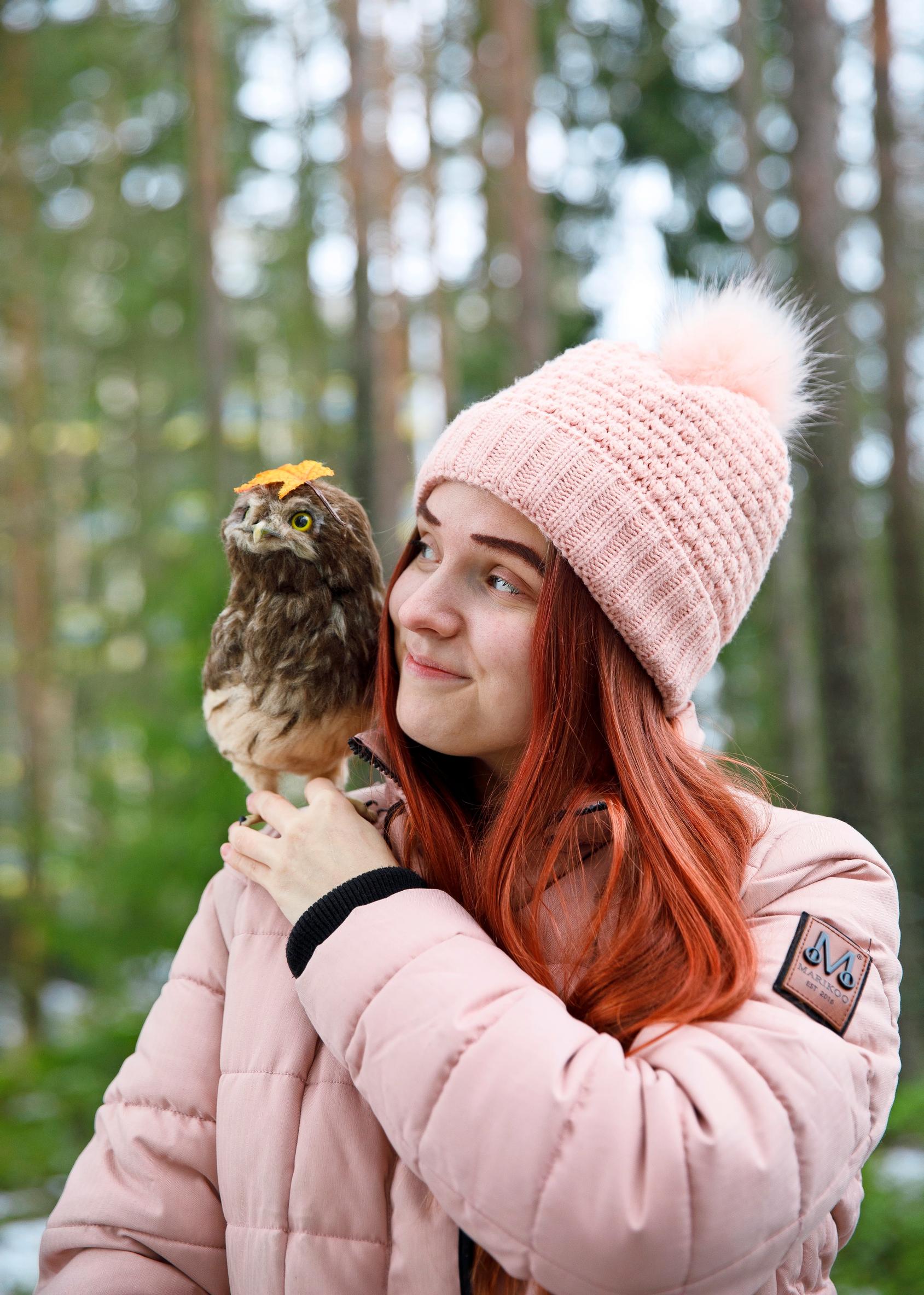
Mirjami felts wool into animals that people sometimes mistake for real: “I’d like to make every animal in the world”
Animal‑loving Mirjami Ahola felts every day. The felted animals serve almost as substitutes for real pets for her. “I used to be shy, but this hobby has made me much more open,” Mirjami says.
“A little while ago, I took an owl I’d made to a small exhibition that displayed art created by young people. The organizer hurried over in alarm to say that stuffed animals weren’t allowed. The owl got to stay once I explained it wasn’t real but felted.”
When I’m felting an animal, I try to put myself in its place. I think, if I were this animal, what would I do and what kind of presence would I have?
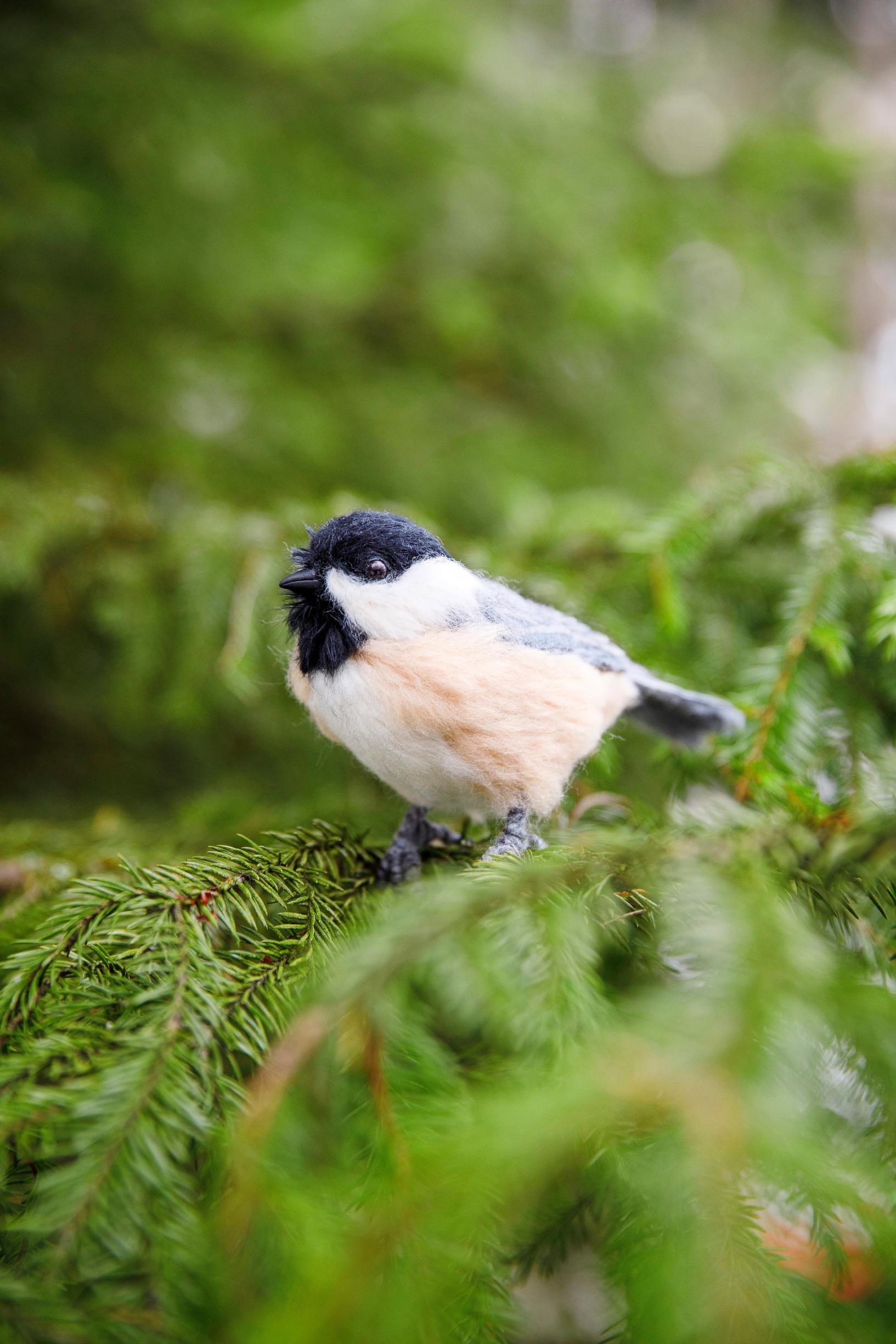
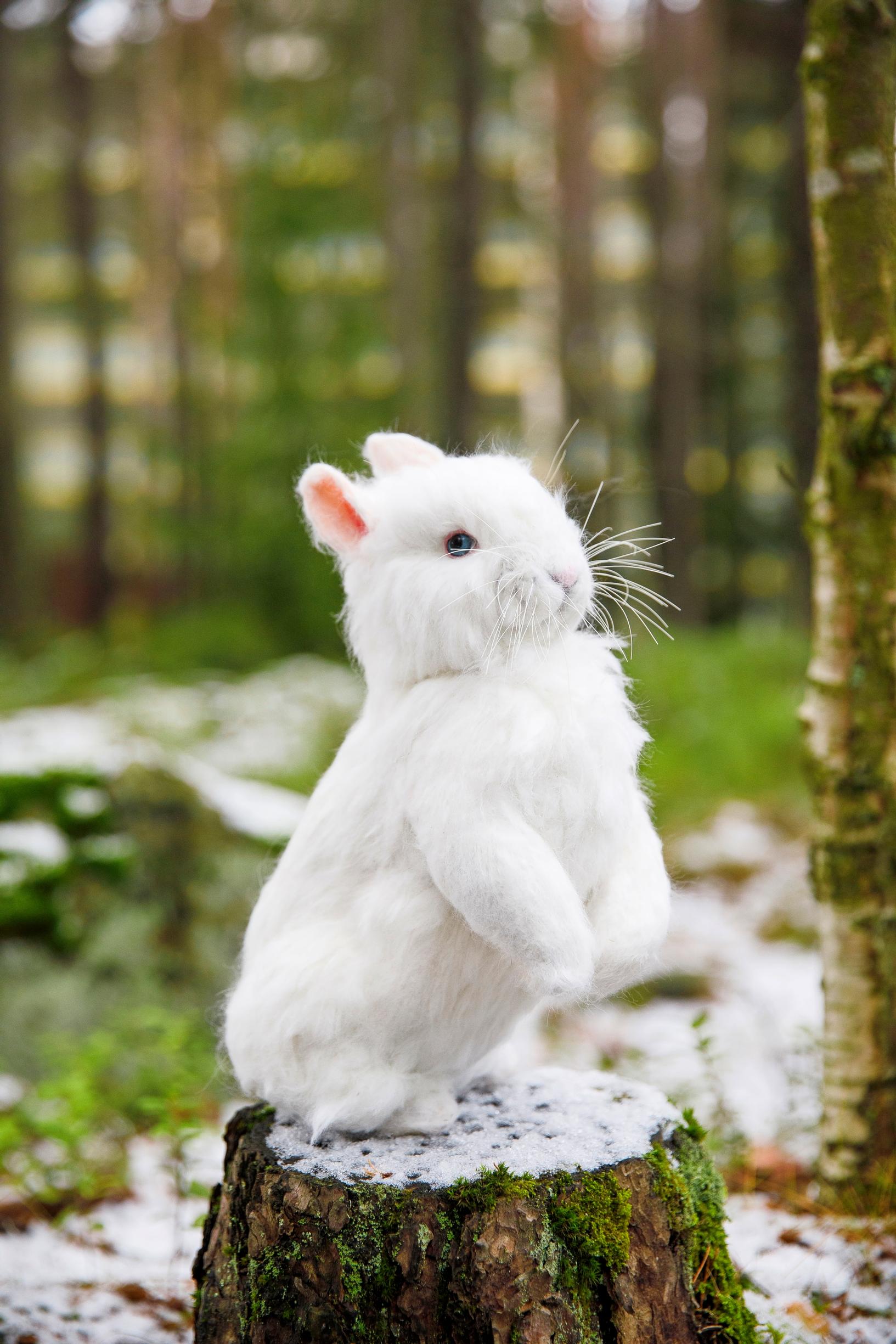
Ever since I was little, I’ve loved animals and examined their behavior and body language. We always had cats, dogs and lizards at home. I even went to school for animal care, but the profession felt too demanding. Having those different kinds of experiences with animals helps me when I’m felting.
I also do plenty of research. I look for photos of the animal from different angles. If the species is unfamiliar to me, I watch YouTube videos to see how the animal moves and what postures come naturally to it. I’d love to make every animal in the world.
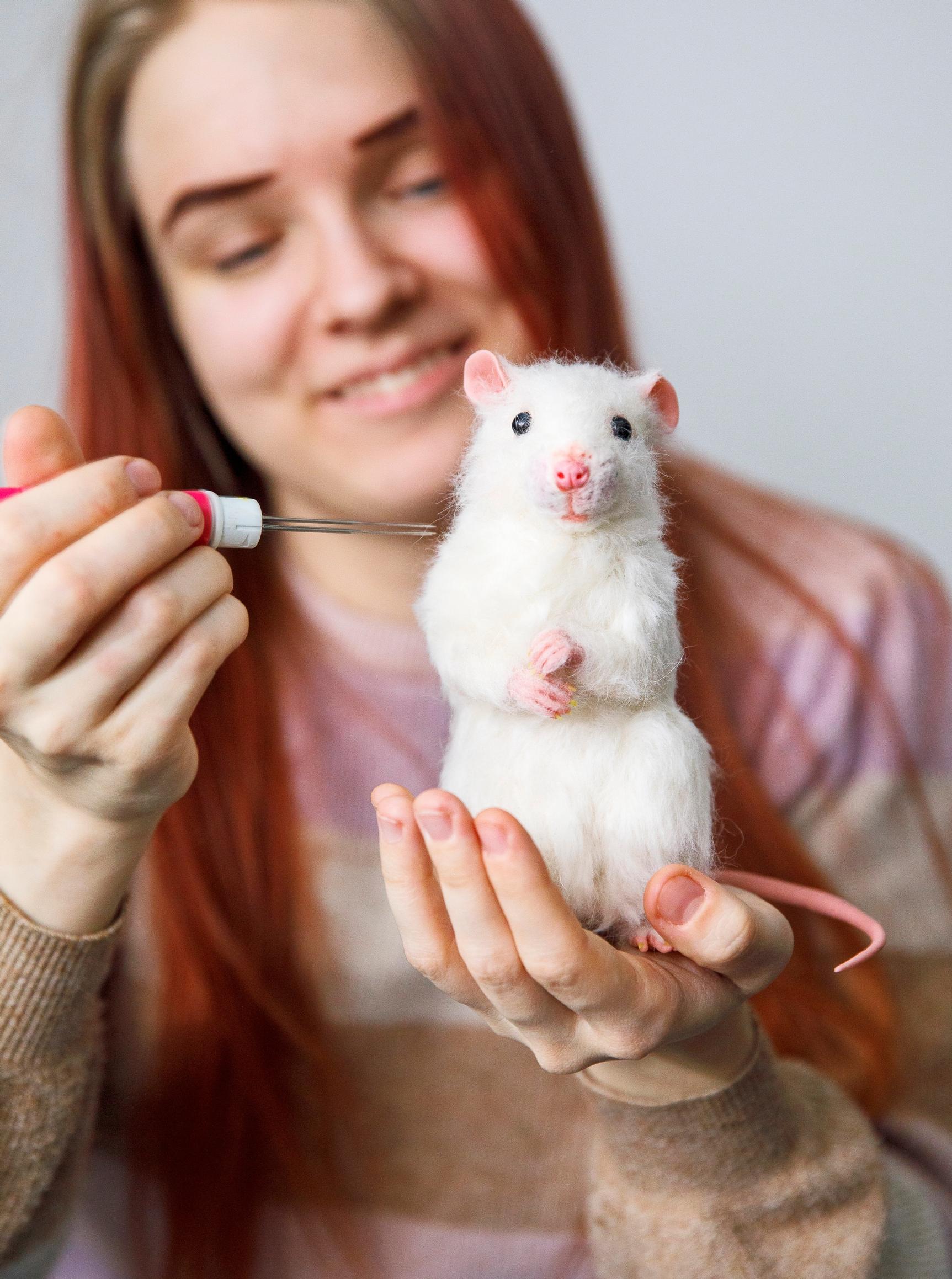
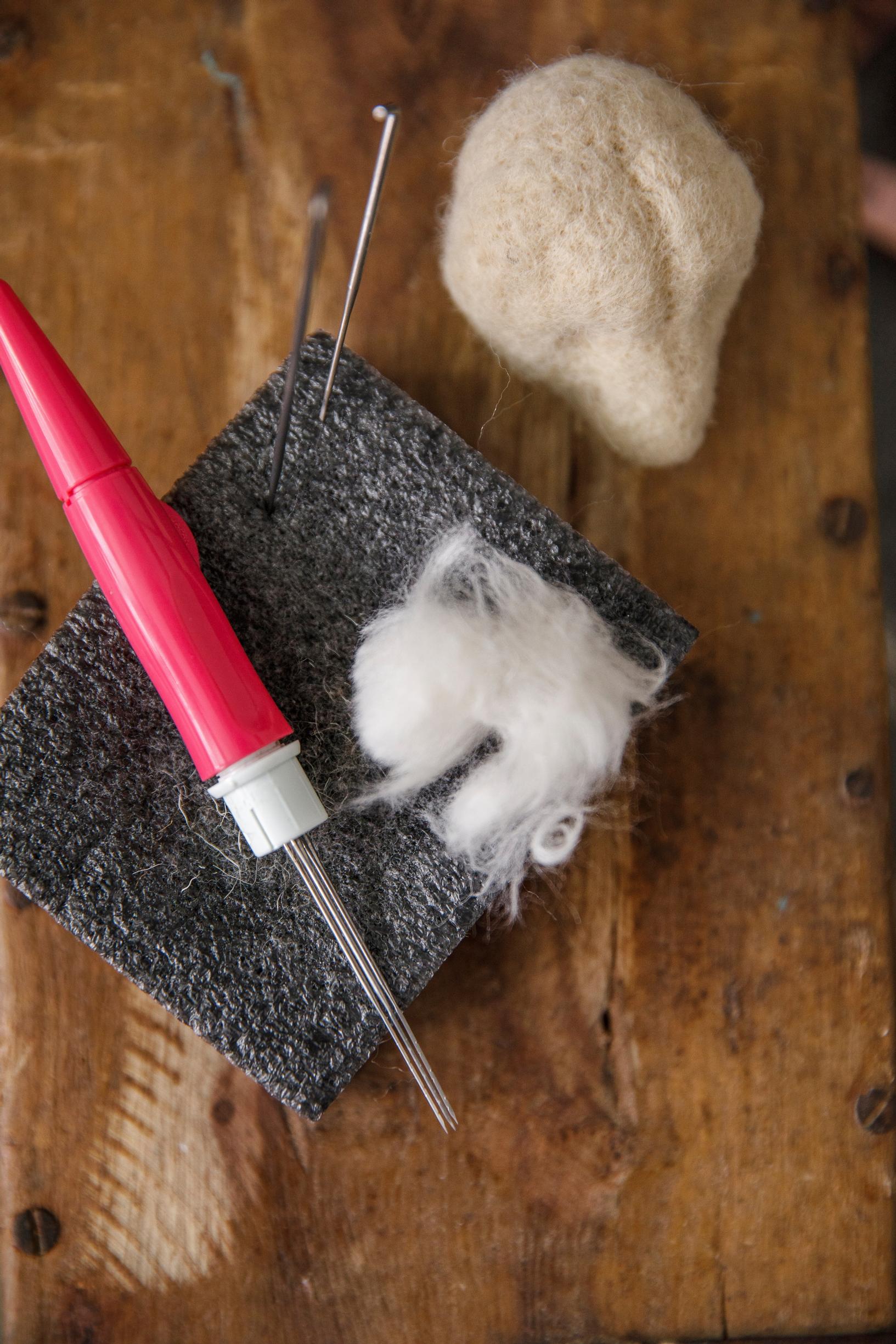
Animals bring me peace and a sense of well‑being, but because I don’t have much space, I only keep one pet, an African land snail. By felting, I get to bring animals into my life.
I start every animal by felting a ball—that becomes the head. I roll a piece of wool into a lump and poke it all over with the needle until it gets felted together. Then I start building up the three‑dimensional shapes by adding small amounts of wool. I make the other body parts separately and attach them to the head.
Wool is forgiving. If a detail doesn’t look right and can’t be fixed with more poking, you can snip it off with scissors or felt something over it.
As the piece grows, it feels like the animal is gradually coming to me. I can hardly wait to see its personality emerge. I talk to the felted creature just as I would to a real animal. If the conversation feels natural, I know the piece is finished. Then I stroke it and wish it luck on its way to its new home.
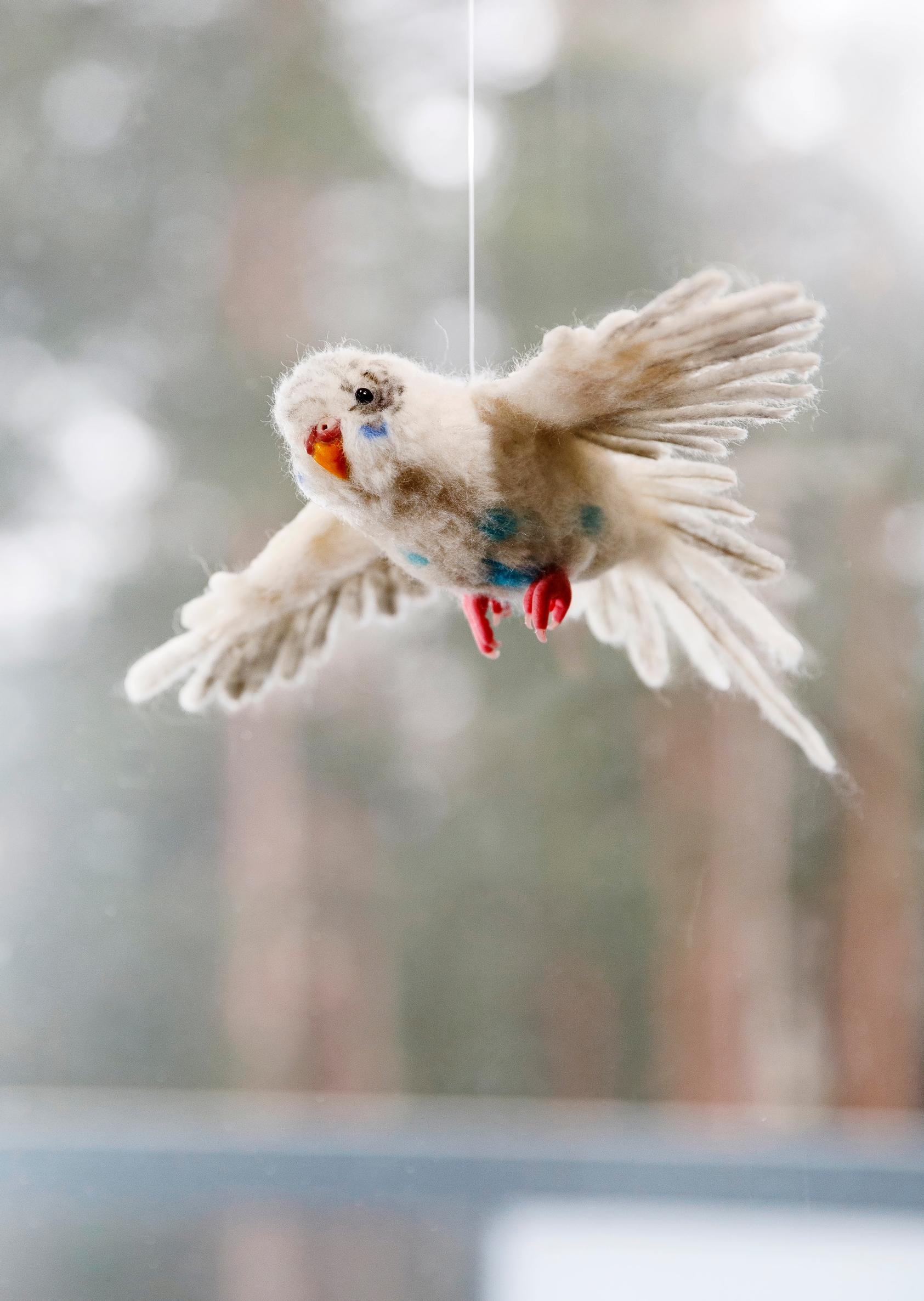
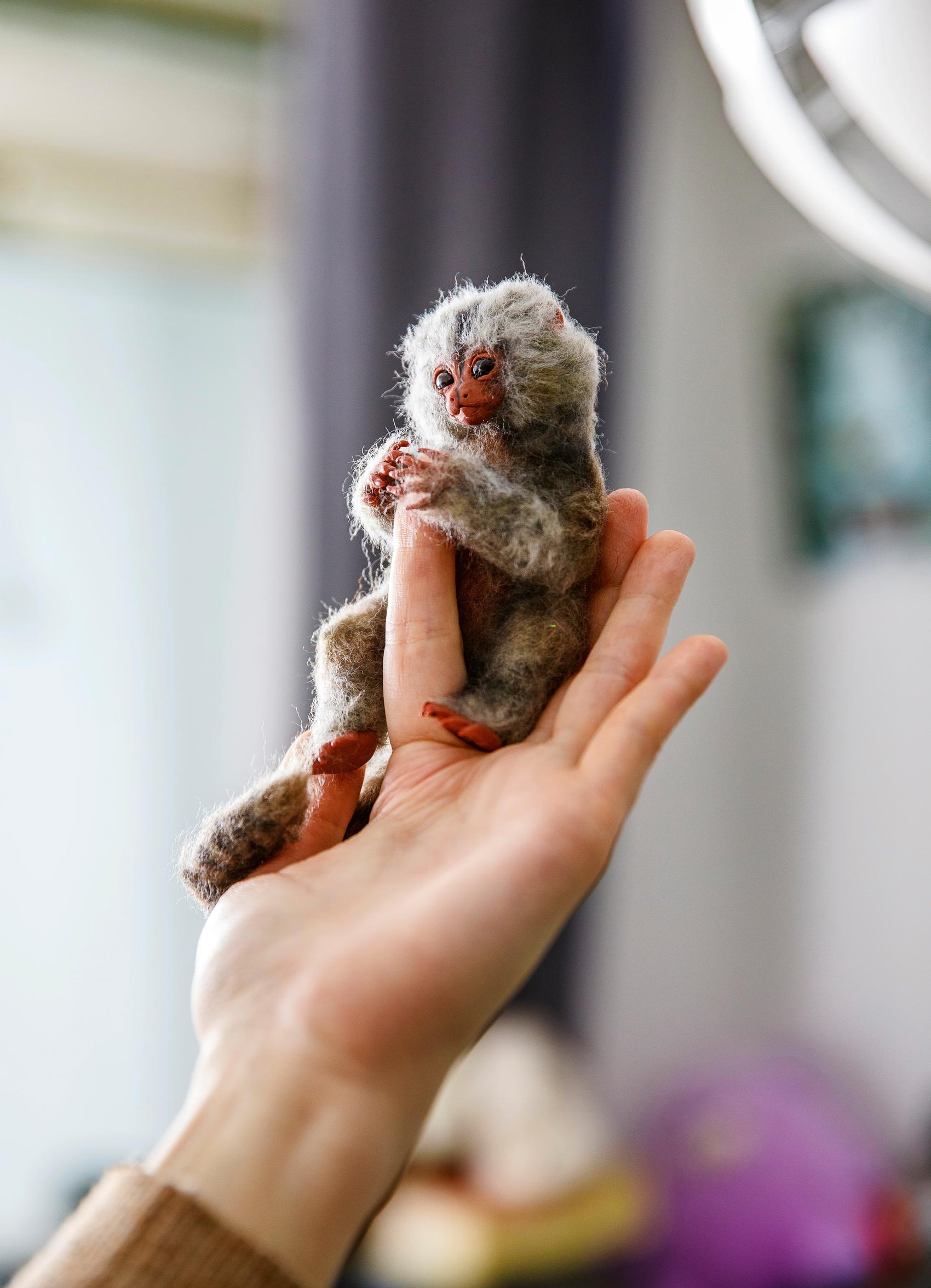
“Needle felting takes a lot of patience. I don’t mind the slowness.”
I felt every day. I’ve just graduated as a media producer and am looking for work. I usually have six or seven hours a day for felting. Sometimes I get so absorbed that I keep going even longer.
Needle felting takes a lot of patience. The tiny willow tit took me 12 hours to felt, while a life‑size rabbit took 40. I don't mind the slowness.
I first tried needle felting in elementary‑school craft class. I made a small duckling and was so excited. With felting you can create almost anything from a material as simple as wool.
The real spark came when I was 17. My then boyfriend’s mother is an artisan and let me use her felting wool. I began making colorful Pokémon and learned a lot about felting. My studies forced me to take a break, but about three years ago I picked the hobby back up and started creating realistic animals.
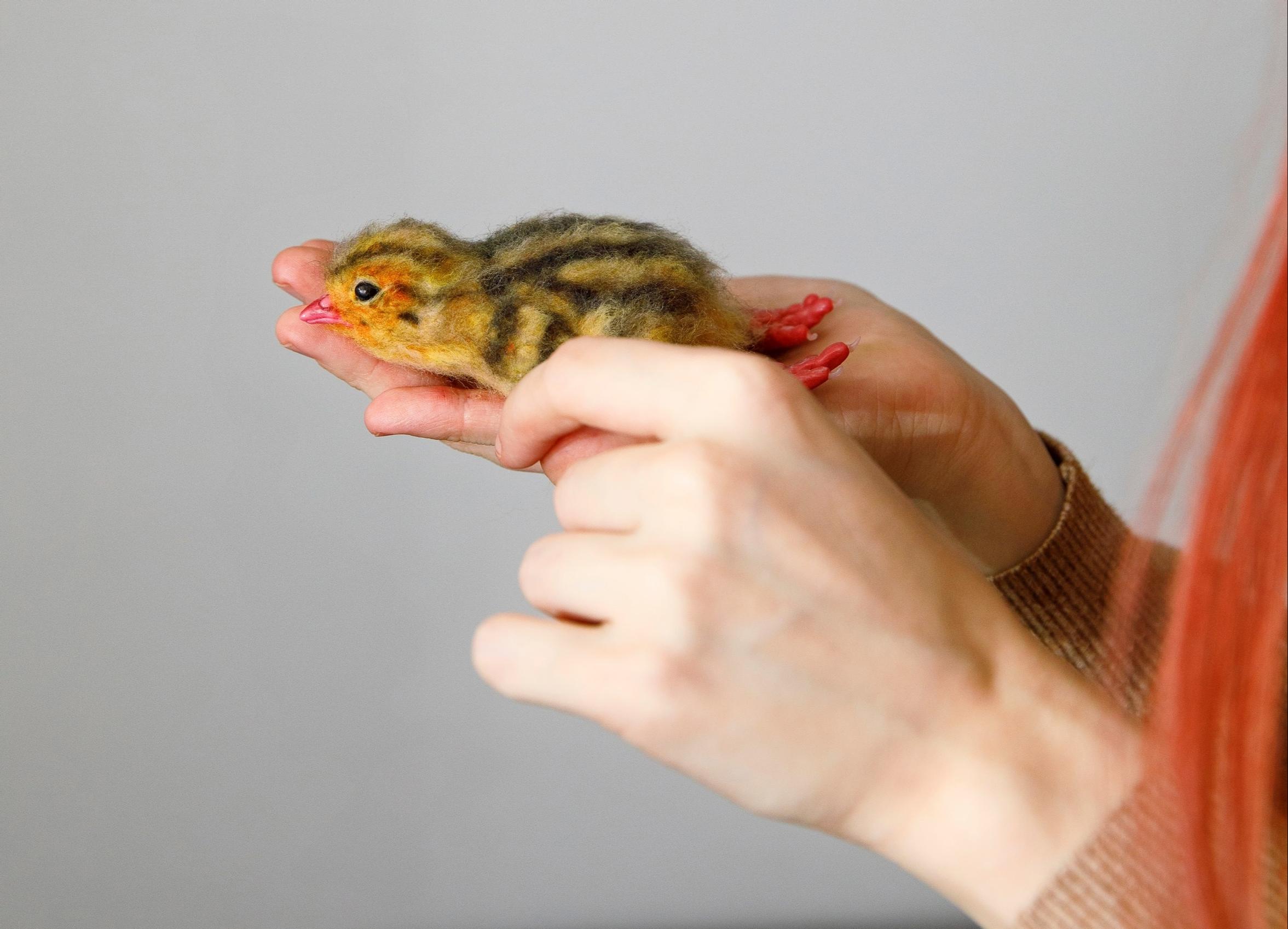
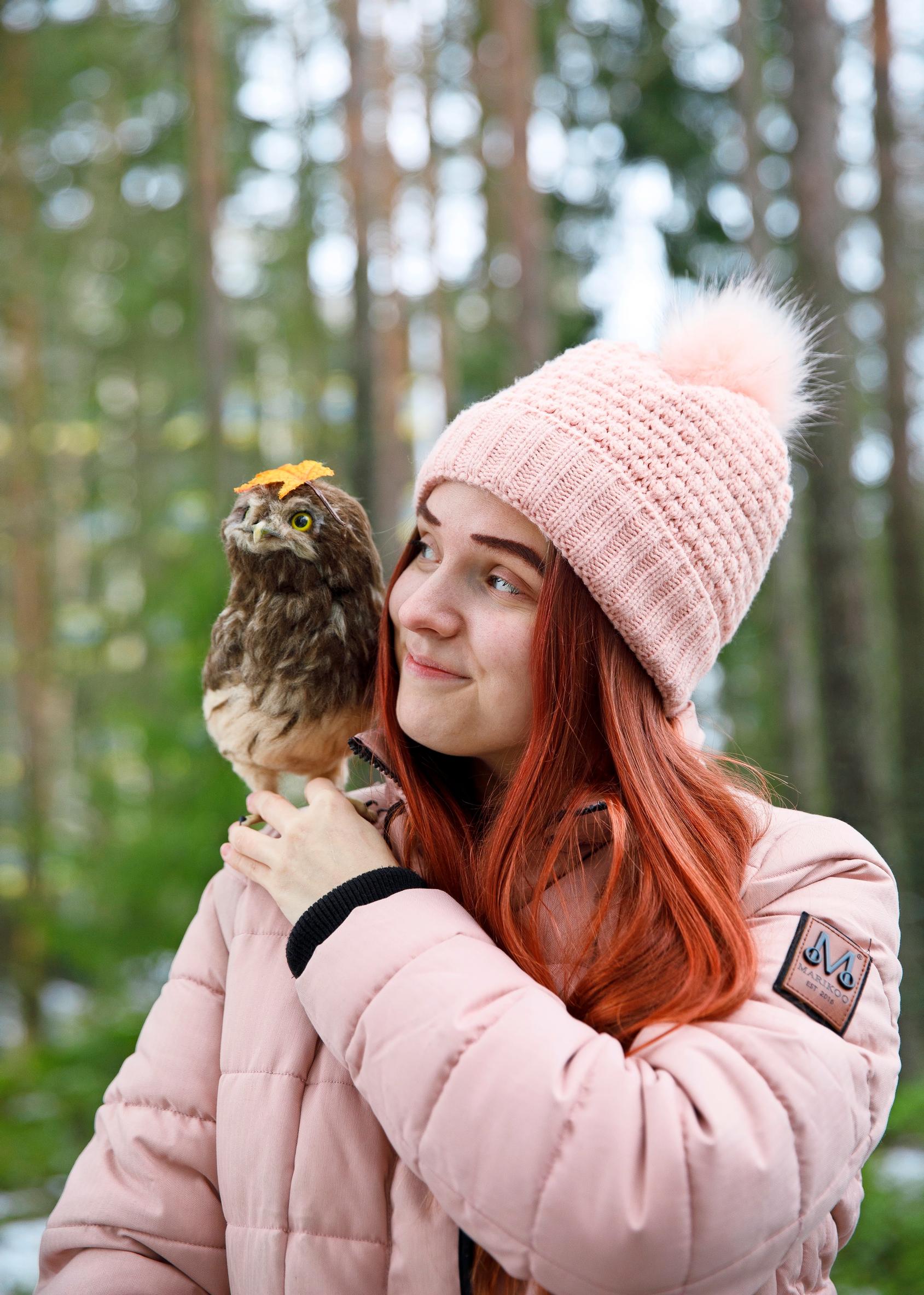
I’m particular about my materials being ethically produced. I favor Finnish products and never buy wool whose origin is uncertain. I don’t want to support production where animals are poorly treated.
I usually use Finnsheep’s wool for the base and merino for the details. I once made a piece that looked like someone’s cat and used the cat’s own fur for the coat.
I’ve also tried ethically produced Finnish angora‑rabbit wool as well as flax and silk fibers. Flax is a bit coarse, but it makes a good base layer if you're making ground beneath the animal. Silk was slippery and had a lot of static and didn’t felt very well, but it added extra life to the animals.
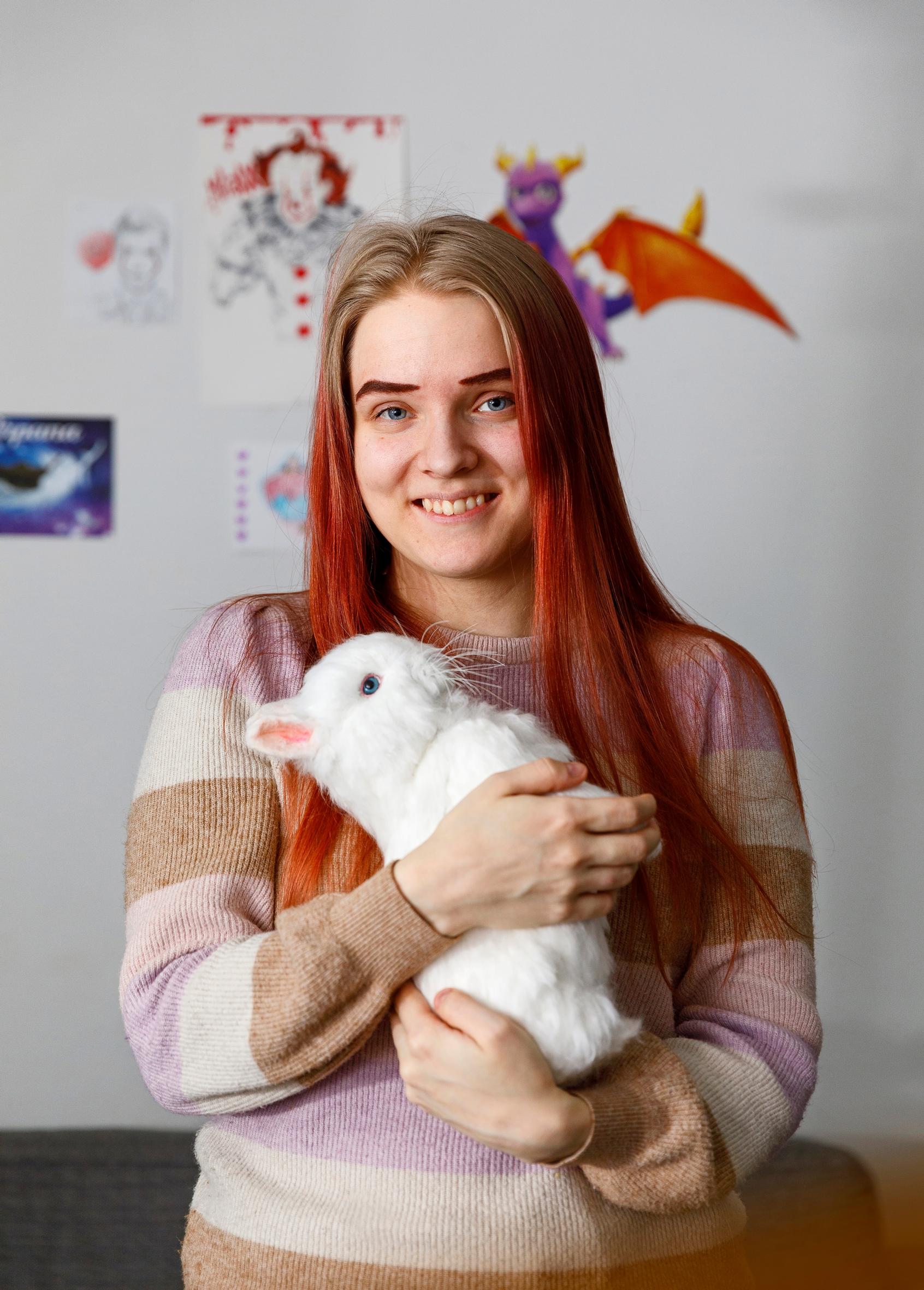
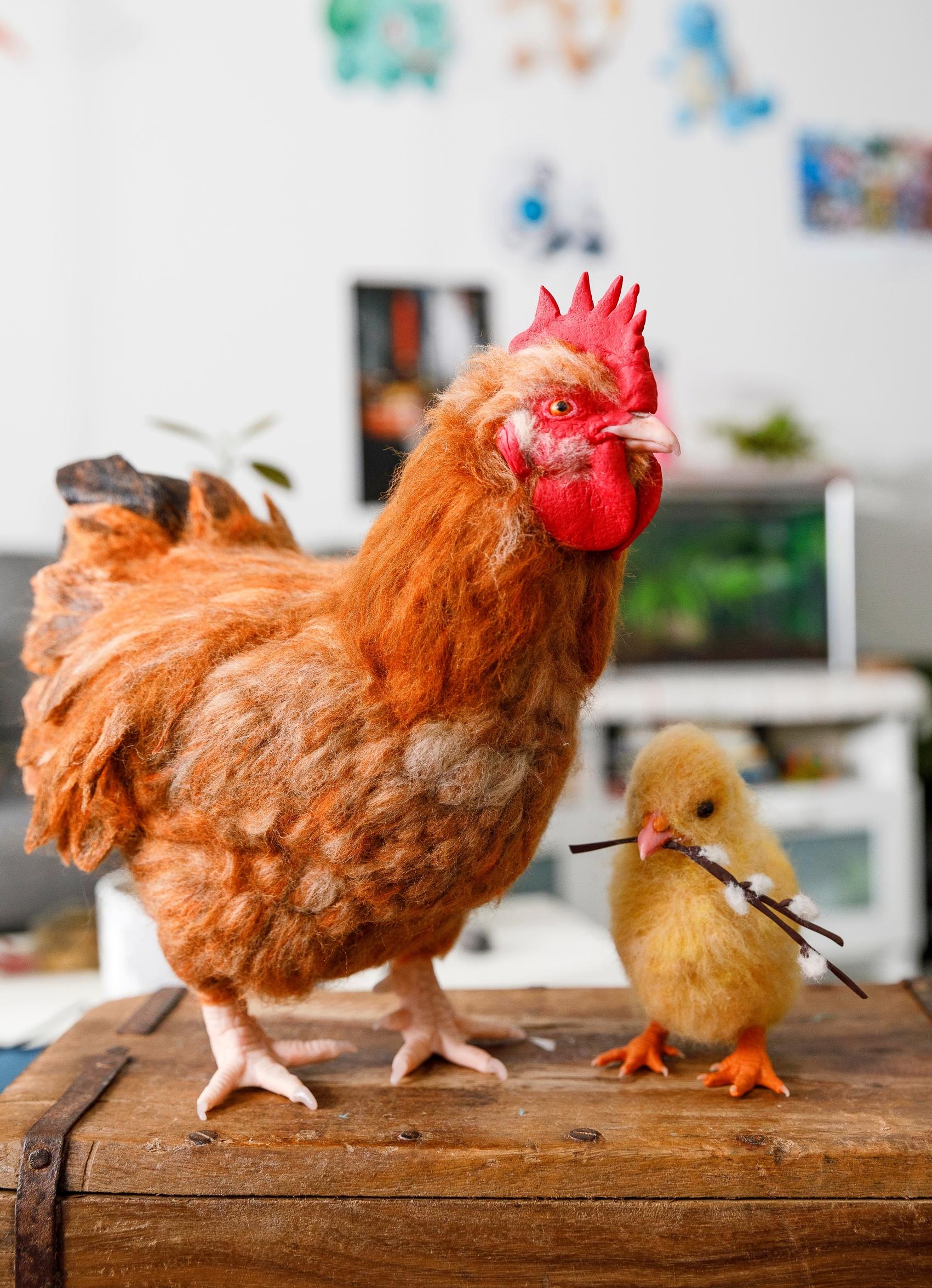
I used to be shy and introverted, but felting has made me much more open. I share photos of my work on Instagram. I’ve gained courage and confidence as I've realized that sharing my work and giving out tips can inspire and help others.
Through social media, even complete strangers have started asking me to felt their pets. I’ve registered a business name, and my dream is to open an online shop. One day I hope to do this for a living.”


